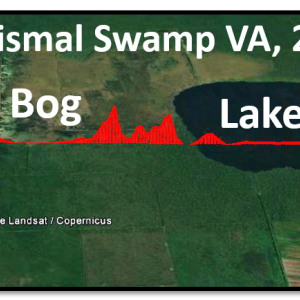The NASA Goddard Greenhouse Gas suite measures CO2, CH4 and water vapor using two commercial analyzers (Los Gatos Research) modified for airborne operation. The principle of detection is infrared laser absorption spectroscopy combined with a multi-pass gas cell that gives an effective absorption path length of several kilometers and measurement precisions of < 0.5%. Both instruments are coupled to a central data acquisition system and are essentially autonomous.
The GHG package is also uniquely capable of directly measuring surface emission and uptake using the eddy covariance technique. This includes fluxes of CO2, CH4, and sensitble and latent heat.
Carbon dioxide (CO2) and methane (CH4) are potent greenhouse gases and the foremost drivers of man-made climate change. Fossil fuel combustion is the primary source of CO2, while CH4 is released during natural gas extraction (fracking), enteric fermentation (cow burps), and other anthropogenic and natural processes. Measurements of these gases help us to quantify and compare the strength of different sources and thus build more accurate emission inventories. They can also serve as tracers for source attribution of other trace species.



